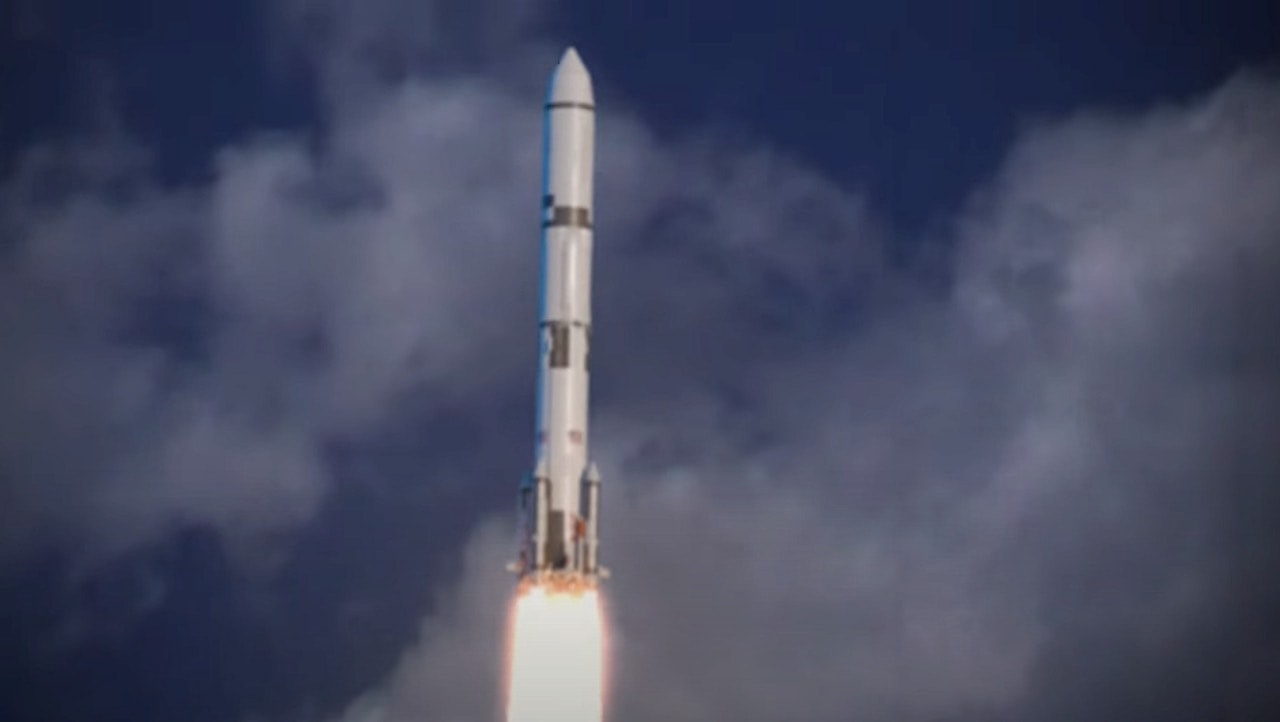Before the Space Launch System rocket of the Artemis program and SpaceX’s Starship, the Saturn V rocket dominated as humanity’s largest and most powerful rocket during the Apollo Moon exploration program. While it no longer holds that title, it remains unparalleled in terms of the largest payload ever sent to orbit: 311,152 pounds (141,136 kg).
NASA’s Marshall Space Flight Center spearheaded the effort to upgrade the Saturn V, known as the Modified Launch Vehicle (MLV). This update required changes to the engines and general construction to improve thrust and size.

To boost thrust, engineers considered upgrading the F-1 engines and even increasing their number from five to six in the MLV configuration, necessitating larger fuel tanks. Solid rocket boosters, like the UA1205 by United Aircraft used on the Titan rocket, were also under consideration.
The MLV would have increased the first stage’s height by 240 inches (610 cm) and the second stage’s height by 41 inches (100 cm) to accommodate enhanced fuel capacity. NASA envisioned the MLV not as a singular rocket but as a family of variants, including some powered by nuclear propulsion for the third stage.
Despite extensive planning and 13 proposed variants, the MLV project remained grounded, never progressing beyond the drawing board, leaving its potential performance in flight to the imagination.

